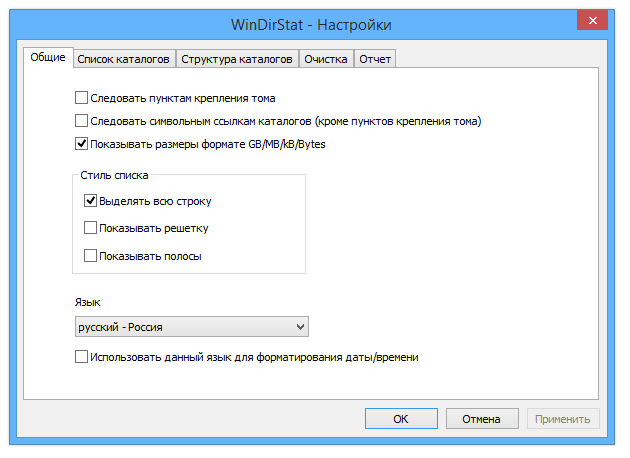

This can take a while, as there's a lot to do (even the system SSD on our test laptop took 54 seconds to scan), but you're able to specify individual drives or folder trees if you prefer. Launch the program and it offers to check all your drives. You can redistribute and/or modify it under the terms of the GNU Public License, version 2 (GPLv2).WinDirStat scans your drives to highlight exactly what's hogging all your storage space, and help you clean up. The cushion shading additionally brings out the directory structure. The color of a rectangle indicates the type of the file, as shown in the extension list. So their area is proportional to the size of the subtrees. The rectangles are arranged in such a way, that directories again make up rectangles, which contain all their files and subdirectories. The treemap represents each file as a colored rectangle, the area of which is proportional to the file's size. The extension list, which serves as a legend and shows statistics about the file types.The treemap, which shows the whole contents of the directory tree straight away,.The directory list, which resembles the tree view of the Windows Explorer but is sorted by file/subtree size,.

On start up, it reads the whole directory tree once and then presents it in three useful views: Please visit the WinDirStat blog for more up-to-date information about the program. Note: if you are looking for an alternative for Linux, you are looking for KDirStat ( apt-get install kdirstat or apt-get install k4dirstat on Debian-derivatives) or QDirStat and for MacOS X it would be Disk Inventory X or GrandPerspective. WinDirStat is a disk usage statistics viewer and cleanup tool for various versions of Microsoft Windows. Latest version: 1.1.2 Windows Directory Statistics WinDirStat - Windows Directory Statistics


 0 kommentar(er)
0 kommentar(er)
